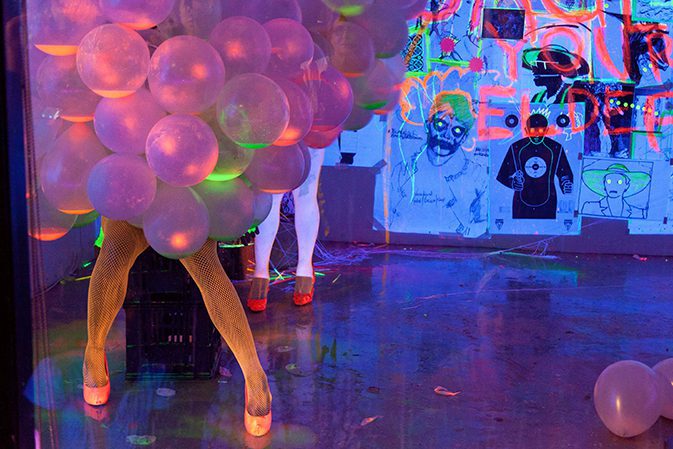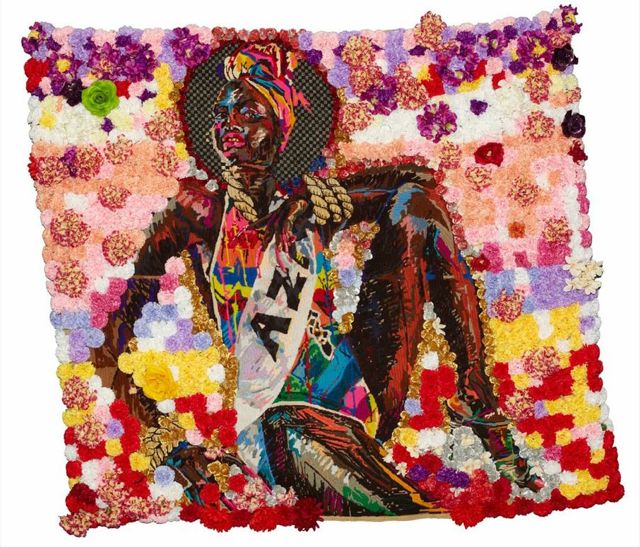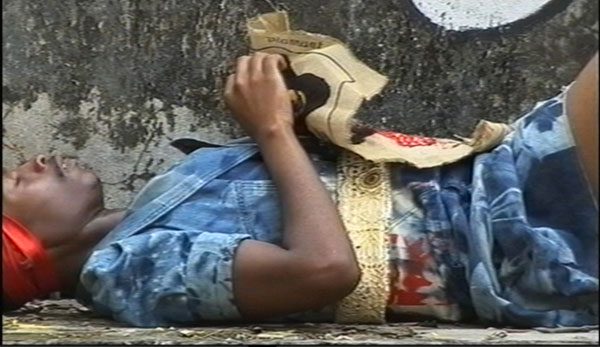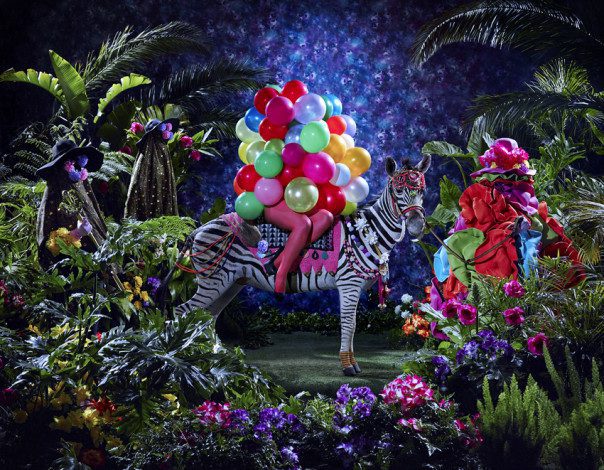Athi-Patra
Ruga and Studio is pleased to announce its participation at Art Dubai
2015 from 18 – 21 March at Madinat Jumeirah, Dubai (Booth J6).
Athi-Patra Ruga will be presenting new work from his
The artist is represented by Whatiftheworld [ Booth J6]
Taking place each year in March, Art Dubai presents a select yet diverse line-up of contemporary artists from the UAE and around the world, across three programmes: Contemporary; Modern, devoted to masters from the Middle East, Africa and South Asia; and Marker, a curated section of artspaces that focuses each year on a particular theme or geography.
---The Exile series [2013-present] ---
The artist is represented by Whatiftheworld [ Booth J6]
Taking place each year in March, Art Dubai presents a select yet diverse line-up of contemporary artists from the UAE and around the world, across three programmes: Contemporary; Modern, devoted to masters from the Middle East, Africa and South Asia; and Marker, a curated section of artspaces that focuses each year on a particular theme or geography.









































